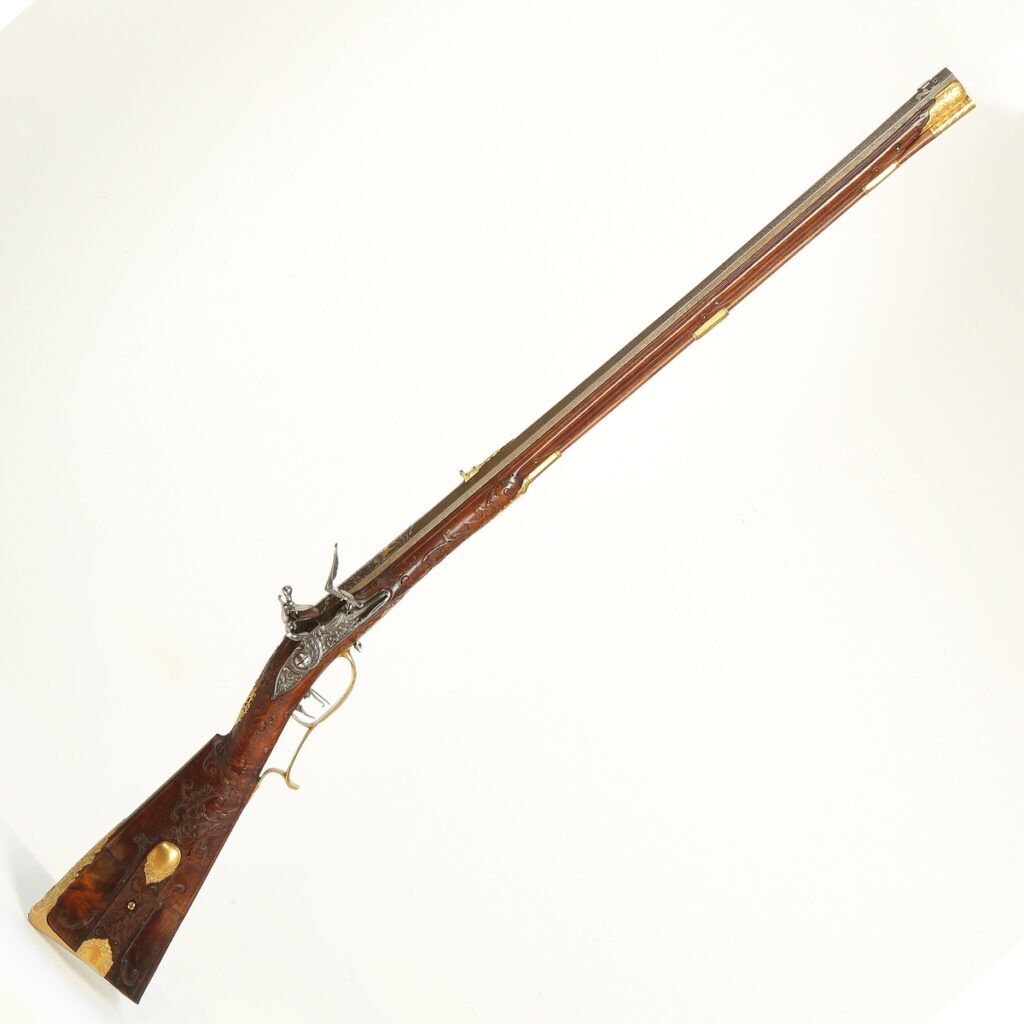
French Flintlock Rifle, S. Hauschka, Wolfenbüttel, c. 1745. Gift by Maria Theresa (1717−1780), Holy Roman Empress and Queen of Bohemia (1740−1780).
Fotogalerie
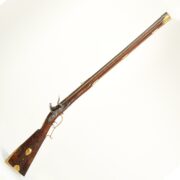



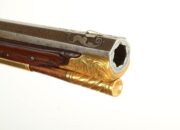
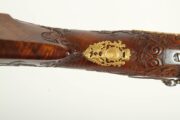
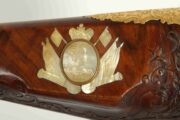
The decorative motifs clearly show that the weapon was intended for a man-soldier or a warrior, or at least for a man who wanted to be perceived as a soldier and a warrior. The dominant decorative element of the stock is a portrait of a woman in her forties, carved from mother-of-pearl and set into the cheekpiece. It depicts a middle-aged Empress Maria Theresa, probably from the first half of the 1850s. This is confirmed by the fact that there are military trophies surrounding the portrait of the Empress. It is consistent with a depiction of an empress who fought to save a monarchy that her neighbours wanted to seize. However, there is also a theory that it is her mother, Empress Elisabeth Christina (1691−1750). According to contemporary portraits, the two women looked very similar at about the age of 40, and there is evidence that Sebastian Hauschka made weapons with their portraits from mother-of-pearl for Empress Elisabeth Christina and her husband, Charles VI. However, Elizabeth Christina does not fit the concept of a woman portrayed as the saviour of the monarchy as she did not save the monarchy, nor did she have to.
Given the fact that the rifle depicts a male warrior and a victor several times, it is highly likely that it was not intended for a female warrior, but for a male victor. It could have been the Empress’s husband, Francis I, someone else from the Habsburg or Lorraine families, or one of the high-ranking people of the Habsburg Army whose monogram or coat of arms was located on the thumb plate. However, the donor of the weapon was undoubtedly Empress Maria Theresa.
Length 1,145 mm, barrel length 750 mm, 15 mm calibre, weight 3,462 g.
Aktuálně

Prosinec 1944 – oficiální vydání prvních poštovních známek osvobozeného Československa

Českoslovenští zdravotníci ve válce v Zálivu

Výzkum u českých krajanů v Chorvatsku
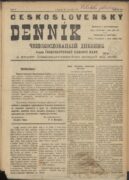
Československý deník sehrál v životě legionářů v Rusku velmi důležitou roli. Poprvé vyšel v prosinci 1917








